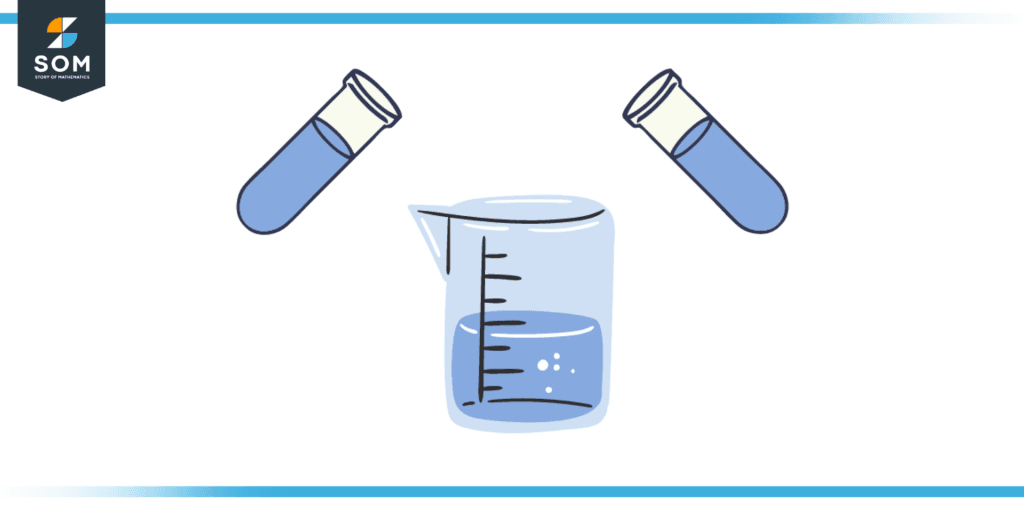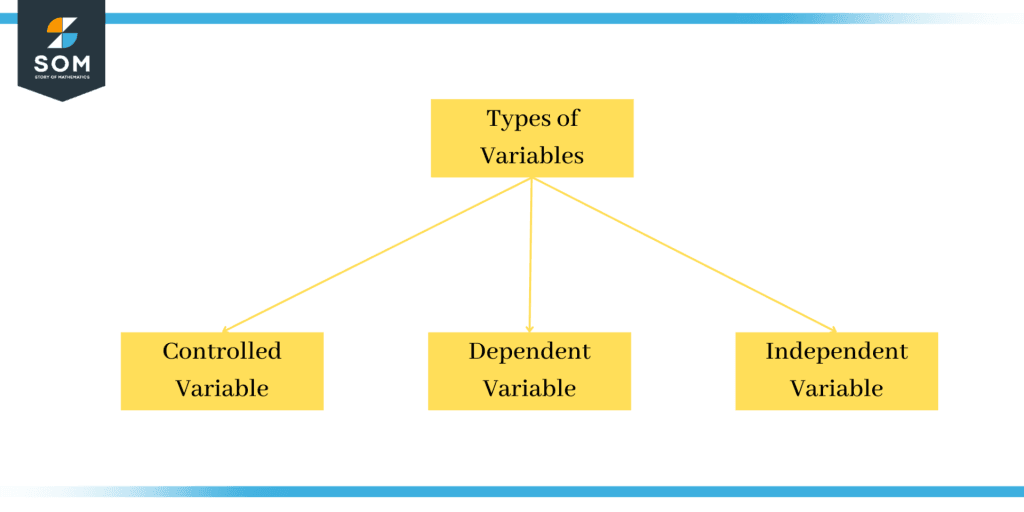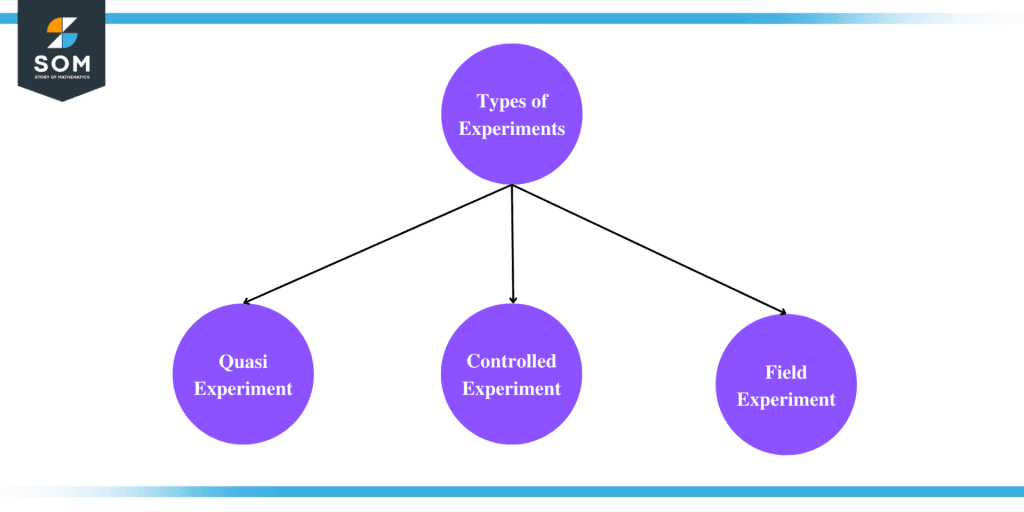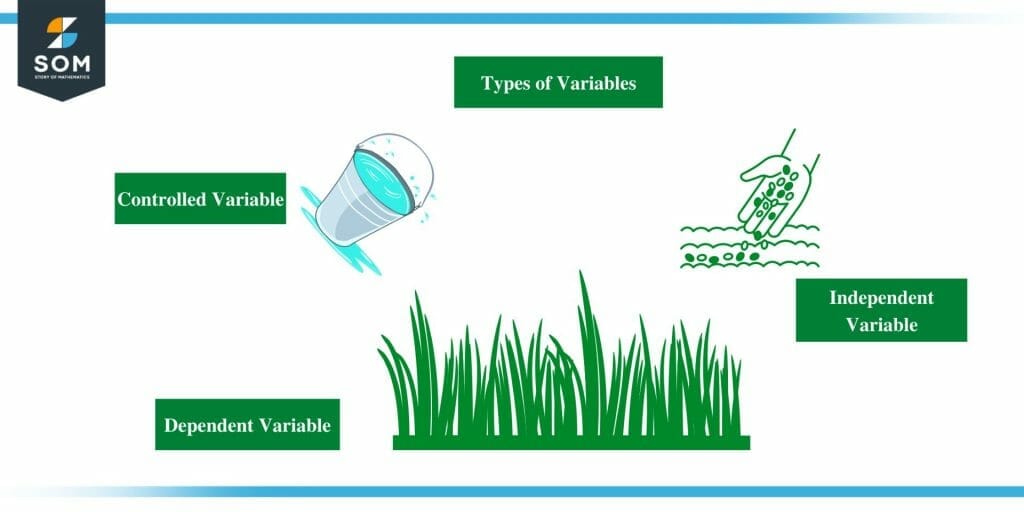JUMP TO TOPIC
Experiment|Definition & Meaning
Definition
An experiment is a series of procedures and results that are carried out to answer a specific issue or problem or to confirm or disprove a theory or body of knowledge about a phenomenon.
Basics of an Experiment

Figure 1: Illustration of an Experiment
The scientific method, a methodical approach to learning about the world around you, is founded on the concept of the experiment. Even while some experiments are conducted in labs, you can conduct an experiment at every time and everywhere.
- The key stages of the scientific process are as follows:
- Keenly Observe things.
- Develop a hypothesis.
- Create and carry out an experiment to verify Your hypothesis.
- Analyze the findings of your experiment.
- Based on the analysis of your results, approve or refute your hypothesis.
- Create a new hypothesis, if required, and evaluate it.
Types of Variables in an Experiment
A variable is, to put it simply, everything that can be altered or managed throughout an experiment. Humidity, the length of the study, the structure of an element, the intensity of sunlight, etc. are typical examples of variables. In any study, there are 3 major types of variables:
- Controlled variables (c.v)
- Independent variables (i.v)
- Dependent variables (d.v).

Figure 2: Illustration of Types of Variables
Controlled Variables
Variables that are maintained constant or unchangeable are known as controlled variables, sometimes known as constant variables. For instance, if you were evaluating the amount of fizz emitted by various sodas, you may regulate the bottle size to ensure that all soda manufacturers were in 12- ounce bottles. If you were conducting an experiment on the effects of spraying plants with various chemicals, you will attempt to keep a similar pressure and perhaps a similar amount when spraying the plants.
Independent Variable
The only variable that you can modify is the independent variable. It is one factor as you typically try to adjust one element at a time in experiments. As a result, measuring and interpretation of data are made quite simple. For instance, if you’re attempting to establish whether raising the temperature makes it possible to solvate more amount of sugar in the water, the water temperature is the independent variable. This is the factor that you are consciously in control of.
Dependent Variable
The variable that is monitored to determine whether or not your independent variable has an impact is known as the dependent variable. For instance, in the case where you raise the water temperature to observe if it has an impact on the solubility of sugar in it, the weight or volume of sugar (depending on which one you want to calculate) will be the dependent variable.
Types of Experiments
There are three main types of experiments. Each has its own pros and cons and is carried out according to the nature of the given scenario and desired outcomes. Following are the names of these three types.
- Quasi Experiment
- Controlled Experiment
- Field Experiment

Figure 3: Illustration of Types of Experiments
Each of these experiments is discussed below along with their strengths and weaknesses.
Quasi Experiment
These are often conducted in a natural environment and involve measuring the impact of one object on another to determine its impact (D.V.). In Quasi-experiments, the research is simply assessing the impact of an event that is already occurring because there is no intentional modification of the variable in this instance; rather, it is changing naturally.
Pros
Owing to the unavailability of the researcher, variables occur naturally, allowing for easy generalization of results to other (real-life) situations, which leads to greater ecological validity.
Cons
Absence of control – Quasi-experiments possess poor internal validity since the experimenter cannot always precisely analyze the impact of the independent variable because there is no influence over the environment or other supplementary variables.
Non-repeatable – Because the researcher has no control over the research process, the validity of the findings cannot be verified.
Controlled Experiment
Controlled experiments are also known as lab experiments. Controlled experiments are carried out under carefully monitored conditions, with the researcher purposefully altering one variable (Independent Variable) to determine how it affects another (dependent Variable).
Pros
Control – lab studies have a higher level of environmental and other extrinsic variable control, which allows the scientist to precisely examine the impact of the Independent Variable, increasing internal validity.
Replicable – because of the researcher’s greater degree of control, research techniques may be replicated so that the accuracy of the findings can be verified.
Cons
Absence of ecological validity — results are difficult to generalize to other (real-life) situations because of the researcher’s participation in modifying and regulating variables, which leads to poor external validity.
Field Experiment
A field experiment could be a controlled or a Quasi-experiment. Instead of taking place in a laboratory, it occurs in the actual world. An illustration of a field experiment could be one that involved an organism in its natural environment.
Pros
Validity: Because field experiments are carried out in a natural setting and with a certain level of control, they are considered to possess adequate internal and external validity.
Cons
Internal validity is believed to be poorer because there is less control than in lab trials, making it more probable that uncontrollable factors would skew results.
An Example of Identifying the Variables in an Experiment
A farmer wants to determine the effect of different amounts of fertilizer on his crop yield. The farmer does not change the amount of water given to the crop for different amounts of fertilizer applied to the field. Determine which of the variables is the controlled variable, independent variable, and independent variable. Also, mention the reasons behind it.
Solution

Figure 4: Illustration of the Example
Controlled variable: The amount of water given to the crop is a controlled variable since it is not changed when different amounts of fertilizer are applied.
Independent variable: The amount of fertilizer added to crops is the independent variable. This is because it is the variable which is being manipulated to determine its impact on crop yield.
Dependent variable: Crop yield is the dependent variable in this example. This is because it is the variable on which the impact of the independent variable (Amount of fertilizer) is being monitored.
All images/mathematical drawings were created with GeoGebra.
